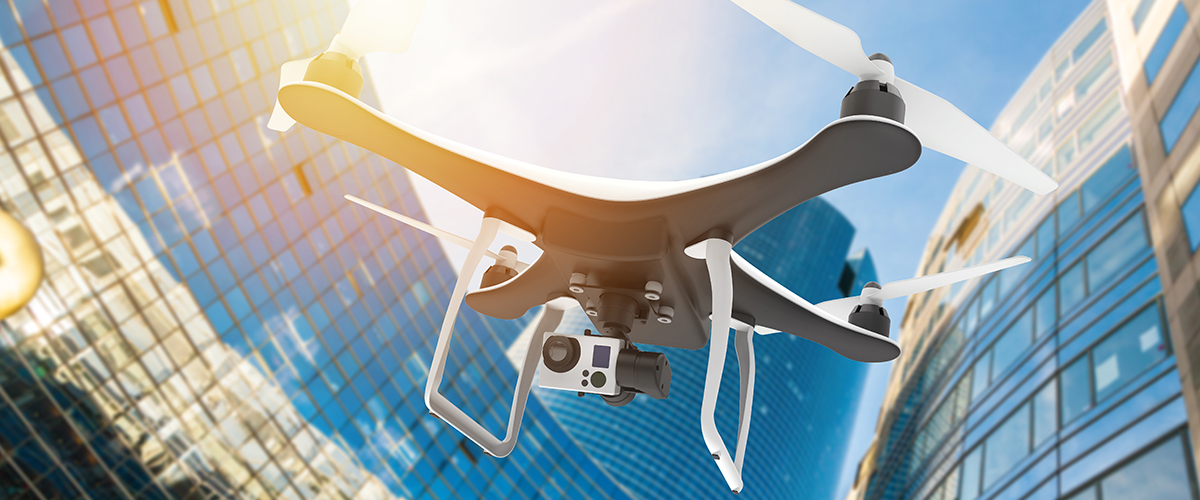The ability of drones to operate autonomously outside of human line-of-sight has revolutionized several vital industries, from commerce to sporting events to recreation.
One area where drones have been highly influential is the construction industry. Construction technologies that take advantage of drones are becoming more commonplace and have caused a paradigm shift in construction activity in the past few years. Here are just a few ways that drone technology is changing the construction industry nationwide, and some trends for the future.
Surveying
The most apparent use of drone technology is to survey plots of land for construction efforts. Drones vastly reduce manpower and cost for surveying tracts of land and eliminate human error in the measurement process. Drones can instantly transmit video feed, so contractors have a “drones eye view” of the area. It also takes much less time to deploy a drone and complete surveying than for a human. Advanced measuring devices can accurately chart distances and elevations much more accurately than a human can.
Security
Drones can also be deployed for security matters, whether for improved surveillance or improved worker safety. Modern drones are equipped with accurate cameras and real-time communication capabilities that can be used to gather information quickly and respond to security threats. One benefit of drones is that they can be deployed in areas that are too risky or too expensive to send humans.
Equipment Tracking & Transportation
Construction sites require a lot of specialized (and expensive) equipment, and may sometimes have to bring in goods from the outside. Drones are being used to transport site goods. Drones can cut down delivery times for construction goods without having to abide by traffic laws when transporting materials.
Drones can also be used to keep track of site equipment. Construction firms have to keep track of many things, and it is easy to misplace something and have it lost in the chaos. Using drones is a convenient way to track equipment across job sites by ensuring it is where it needs to be. Drones can also be used to monitor equipment conditions in real-time and keep Project Managers updated about any potential malfunctions.
Project Updates & Planning
Drones can be used to collect vital information to determine project progress and update relevant parties. Instead of relying on sending workers on-site, drones can be used to inspect the project. Some companies can use drone footage to create full 3-D renderings of the job site, which can be invaluable in the planning and analysis stage. Drones can collect real-time information, so these models can be updated on the fly.
The ability for drones to collect data also means that projects can be completed quicker overall. Construction firms no longer have to devote manpower to check on project status and can instead make sure workers are focusing on their individual roles.
Communications & Management
Drone tech has advanced so that instant communication is a standard feature. Drones with mounted cameras can be used to maintain real-time communication and contact with workers on-site and can be used by PMs to monitor workers. Drones’ instant communications capabilities allow supervisors to manage workflow 24/7 and quickly respond to problems.
Conclusions
Drone technology has caused a shakeup in several industries, including construction. The introduction and proliferation of drone technology in the construction industry signals a change in operations and opens up new potential for profit. Drones are still settling into their place in the construction world, but as time goes on, we will see exactly how drone technology will benefit the industry in the long-run.






